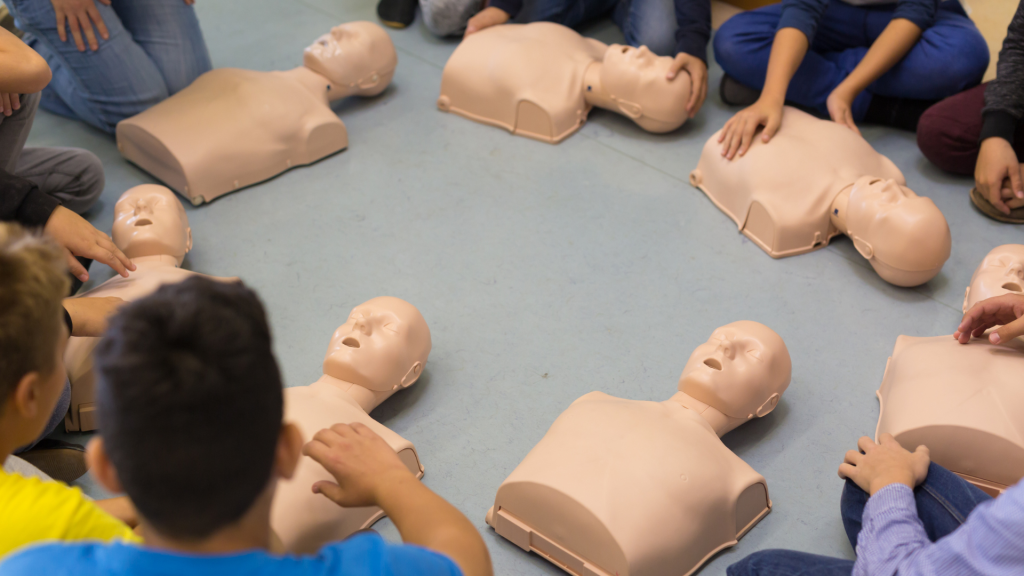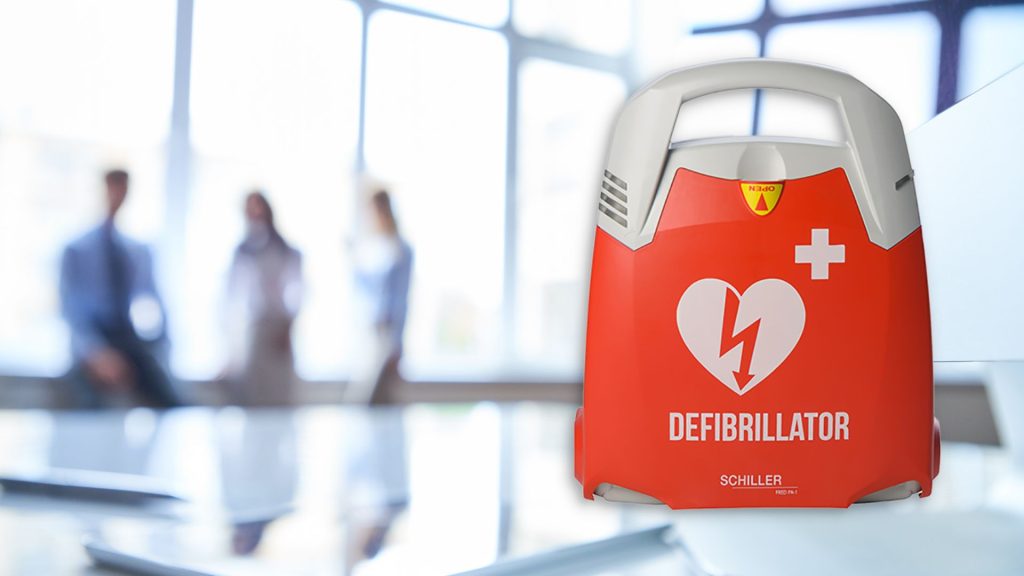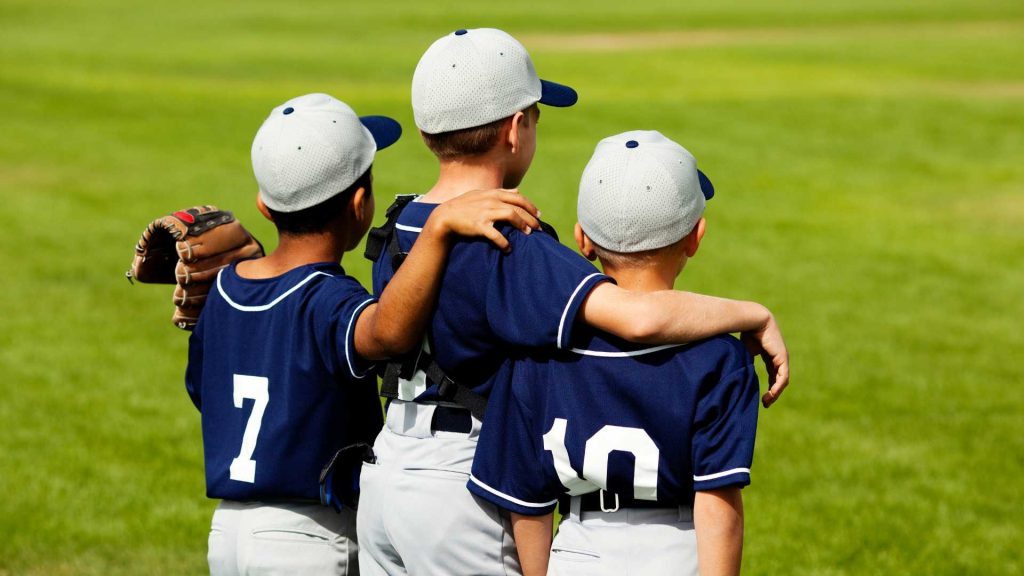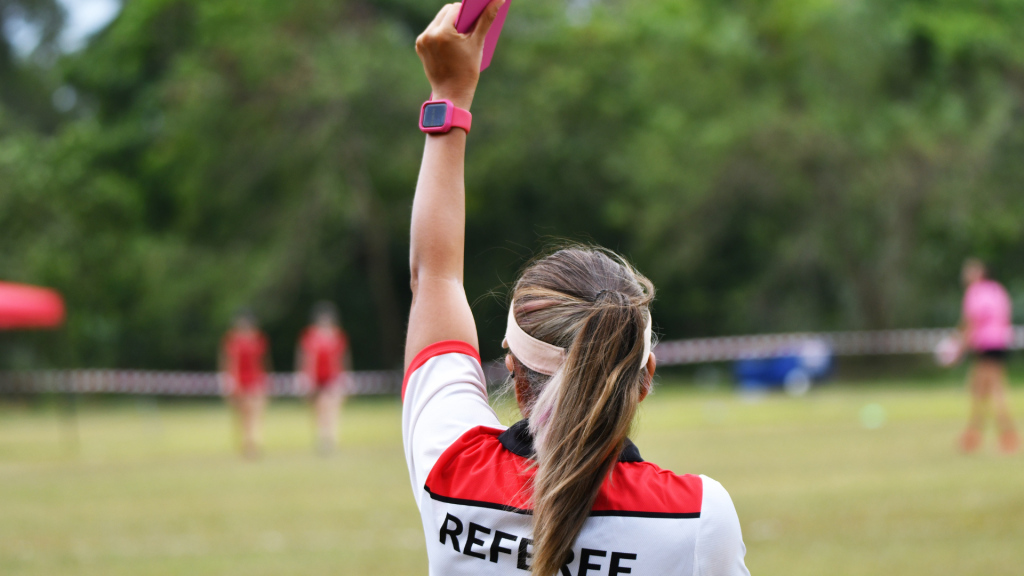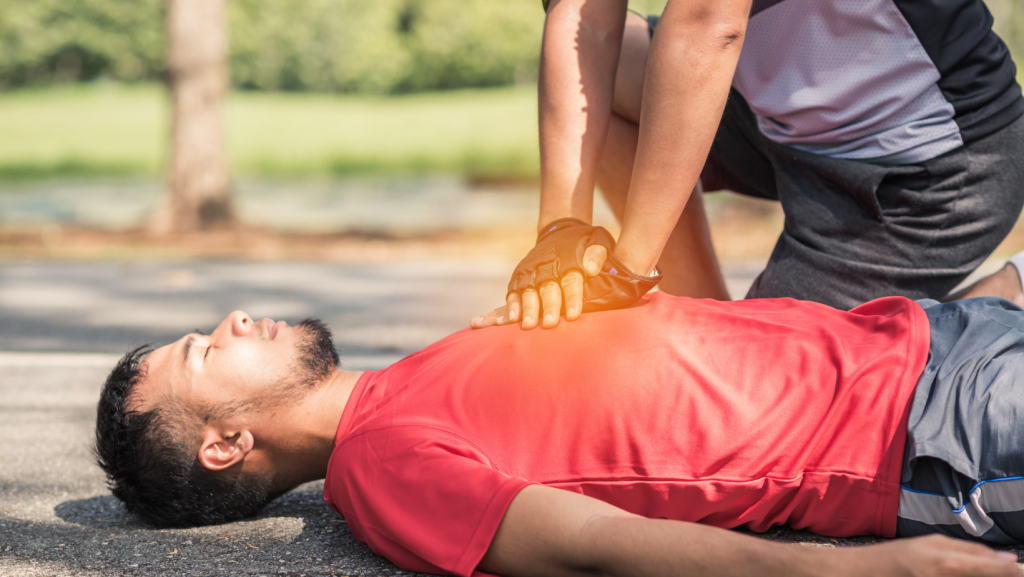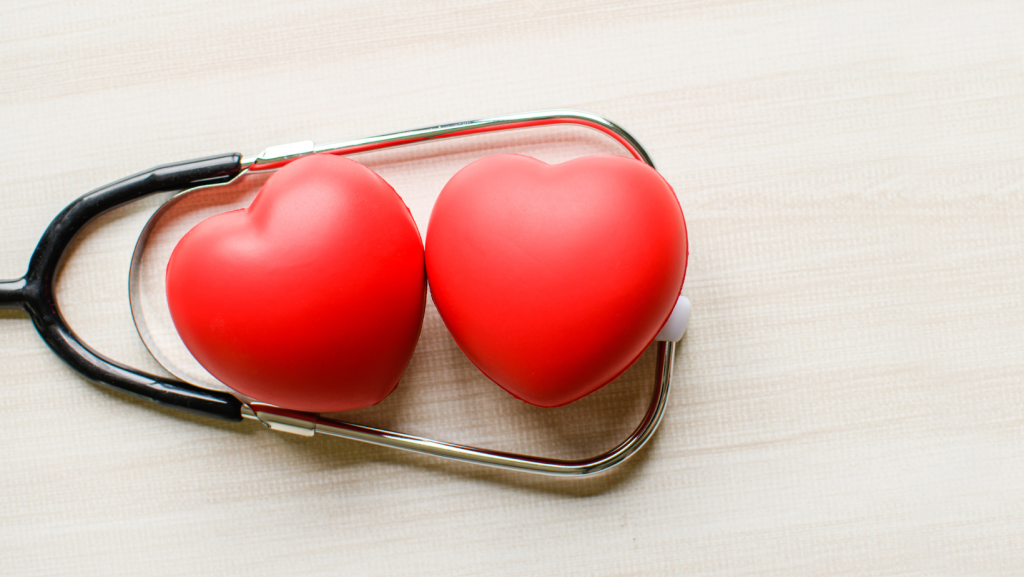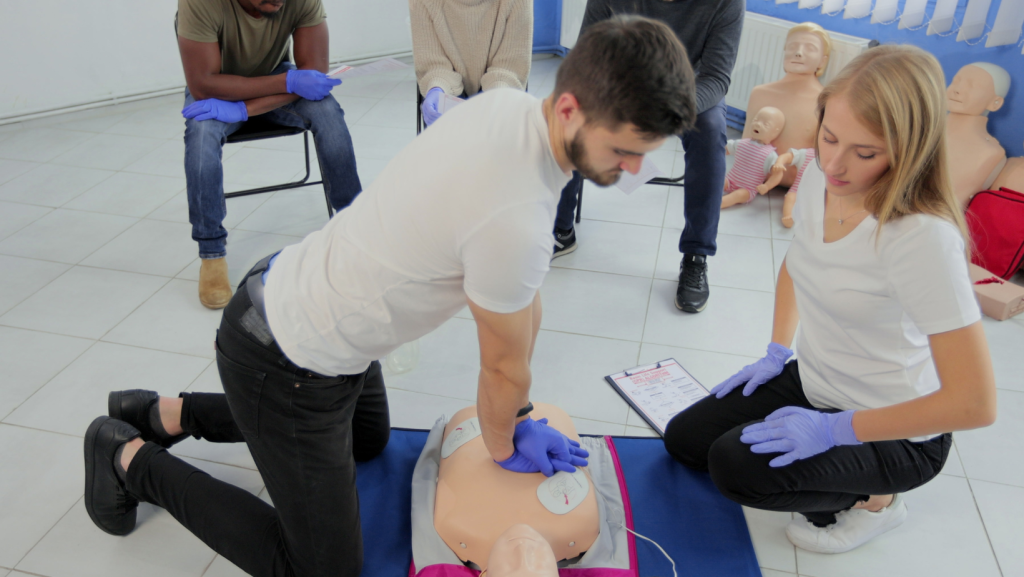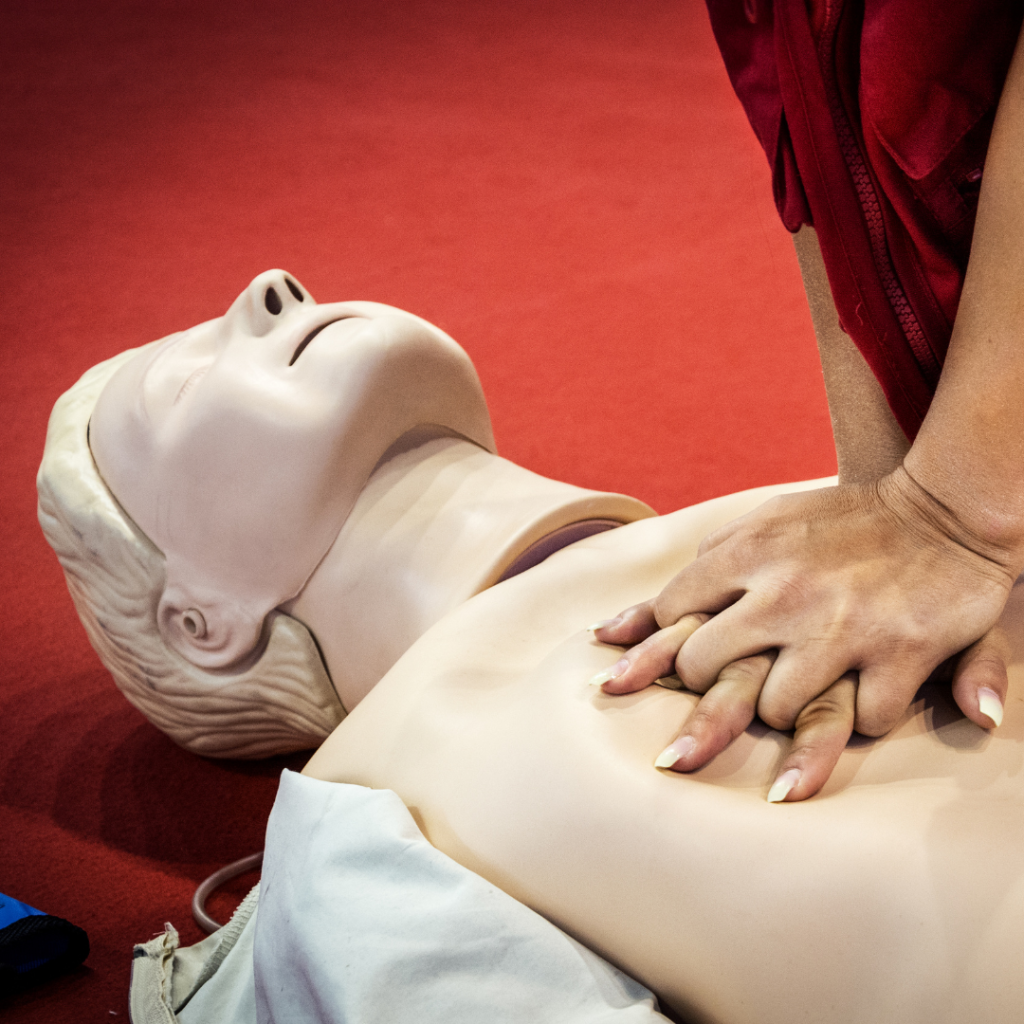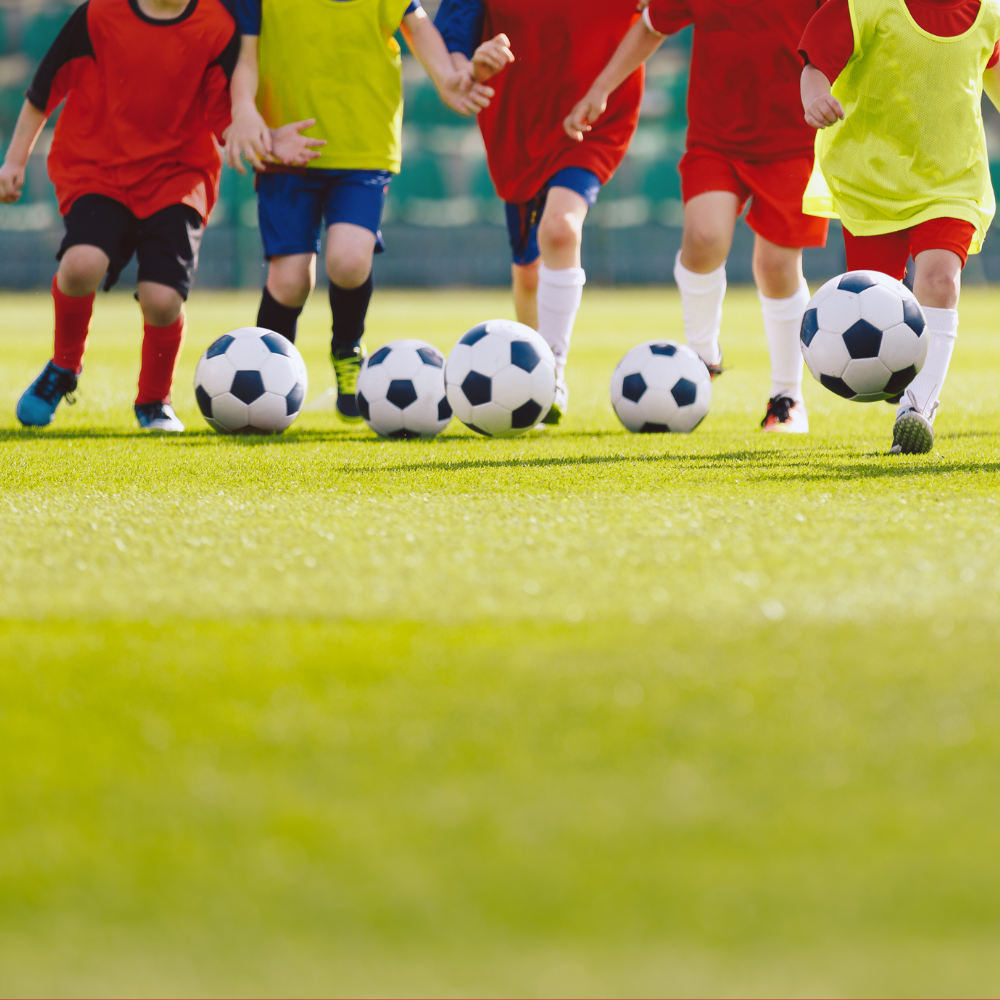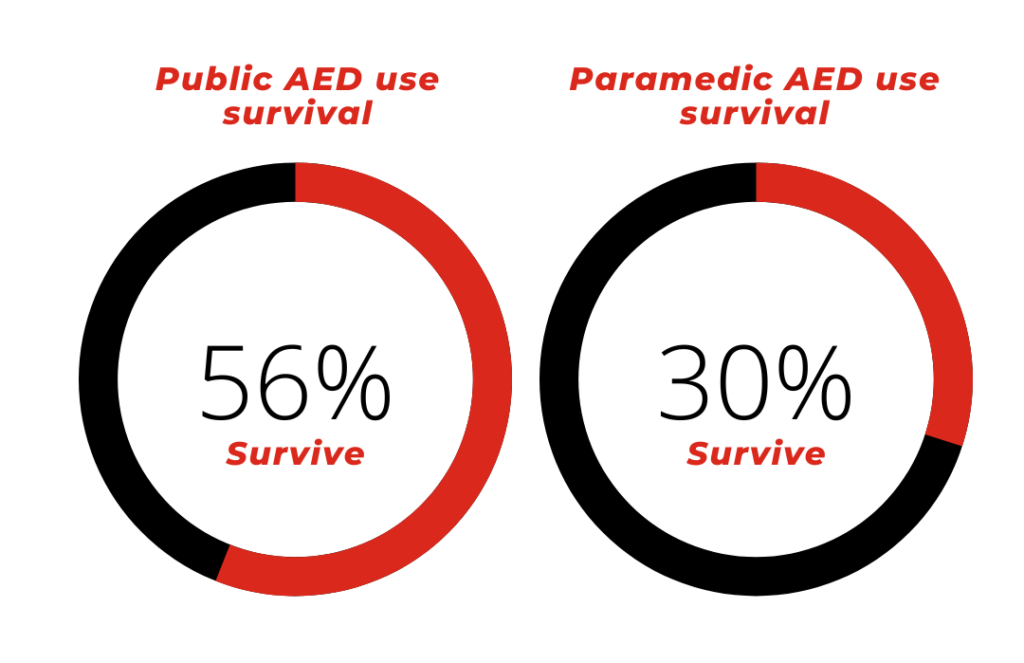Mum’s Quick Actions Save 6-Year-Old Son After Baseball Accident In a heart-stopping moment during a baseball game in Lake Worth, Florida, 6-year-old Oscar Stuebe faced cardiac arrest after being struck by a fly ball. Thanks to the swift response and CPR administered by his mother, Sarah Stuebe, Oscar is on the road to recovery and gearing up to hit the baseball field once more, this time equipped with a protective chest guard. The Stuebe family joined TODAY on April 5 to recount the frightening ordeal and underscore the importance of CPR in saving lives. “I immediately switched into nurse mode…he went limp. CPR instincts kicked in. I performed CPR for two minutes, realising all the while that this was my son. I was falling apart,” Sarah shared, her voice trembling as she relived the traumatic moments on the field. Oscar suffered from commotio cordis, a rare condition that also affected Buffalo Bills player Damar Hamlin in January 2023. Despite the ordeal, Oscar expressed feeling “good” during his interview with TODAY’s Hoda Kotb. His face lit up with joy upon seeing a get-well message from his favourite baseball player, New York Yankees shortstop Anthony Volpe, played during the show. Following several days in the Paediatric Intensive Care Unit (PICU), Oscar is now “back to his 6-year-old self,” according to his mother. “We were cautioned against raising his heart rate, which was a bit challenging with three other active brothers at home,” Sarah joked. Although relieved that their son’s crisis appears to have had a positive outcome, the Stuebe family is determined to prevent other families from experiencing similar traumas. “It was the worst imaginable scenario,” remarked dad Riley Stuebe during the TODAY interview. Playing centerfield during a double-header for his 7-year-old brother’s travel baseball team on Sunday, March 10, Oscar found himself involved in an unexpected turn of events. Despite the seemingly routine nature of the game, a player from the opposing team hit a pop fly that led to the incident. “It was a rather routine pop fly in centerfield, something we’ve seen countless times in the backyard. It wasn’t a powerful hit or a direct blow to his chest,” Riley explained. Oscar’s father rushed to his side as Sarah, from the stands, initially assumed everything was fine. However, a call from Riley quickly alerted her to the severity of the situation. “When Riley called out my name, I knew something was terribly wrong,” Sarah recalled. Sarah, a nurse, immediately dialed 911 and began CPR upon reaching her son, who was experiencing a seizure. Despite her medical training, the realisation that she was performing CPR on her own child was overwhelming. A physician’s assistant and parent from a neighbouring field, Jaime DeFalle, stepped in to assist with compressions until first responders arrived. Fortunately, the West Palm Fire Station 2 was located nearby, allowing for a rapid response. Oscar’s pulse was eventually detected during the ambulance ride to St. Mary’s Medical Center, a Level 1 trauma center. The agonising wait for news on Oscar’s condition was eased by the outpouring of support from both medical personnel and the opposing team’s community. “It was an agonising wait,” Sarah recalled. “We prayed incessantly, not only for Oscar but also for the 7-year-old who hit the fly ball, as it was a traumatic experience for everyone on the field.” Despite the initial uncertainty, Oscar showed signs of improvement upon waking up and was soon his cheerful self again. The Stuebe family expressed their gratitude for the care received and emphasized the importance of CPR training and access to defibrillators in saving lives. “Our sons will now wear specialised chest protectors on the field, a precaution mandated by USA Lacrosse but not yet by national youth baseball leagues,” Sarah asserted. “Whether they’re playing in the backyard or on the field, safety is our priority.” In collaboration with cardiologist Dr. Holly S. Andersen, the Stuebes aim to promote Hands Only CPR initiatives, emphasizing the simplicity and effectiveness of the technique. “We urge everyone to learn CPR—it could truly make a difference,” Sarah emphasized. As they reflect on their journey, the Stuebes remain grateful for the support received from all corners, underscoring the unity and compassion that transcends competitive boundaries. “As one of the other team’s moms put it, ‘We may wear different jerseys, but ultimately, we’re all on the same team,’” Sarah concluded. Source: This article was originally published on TODAY.com.

